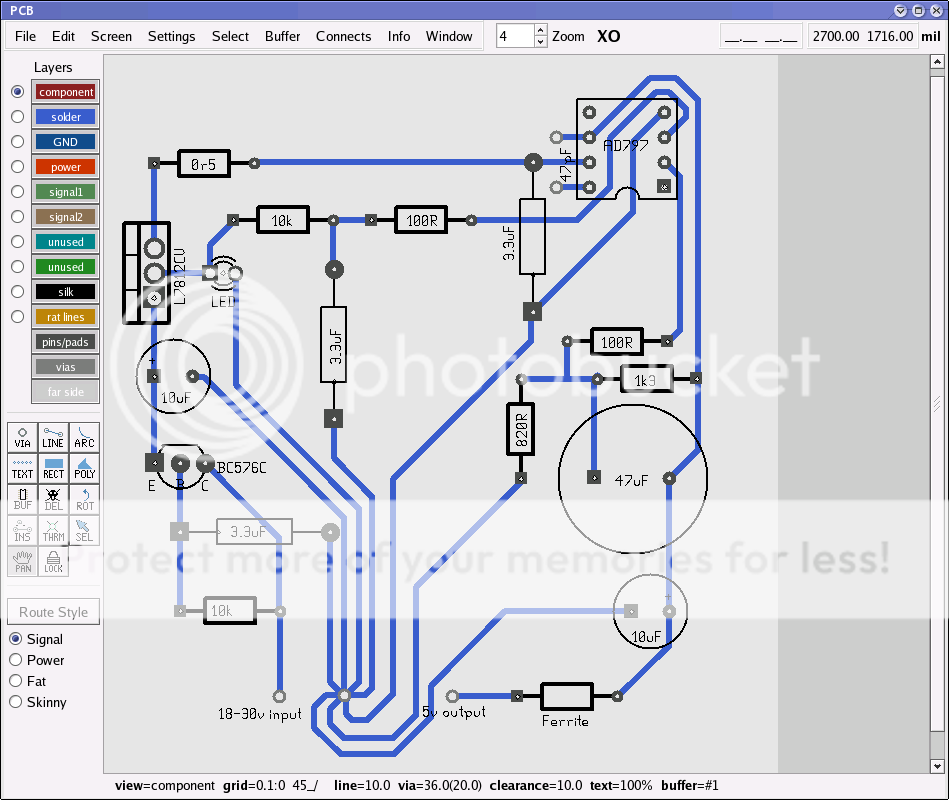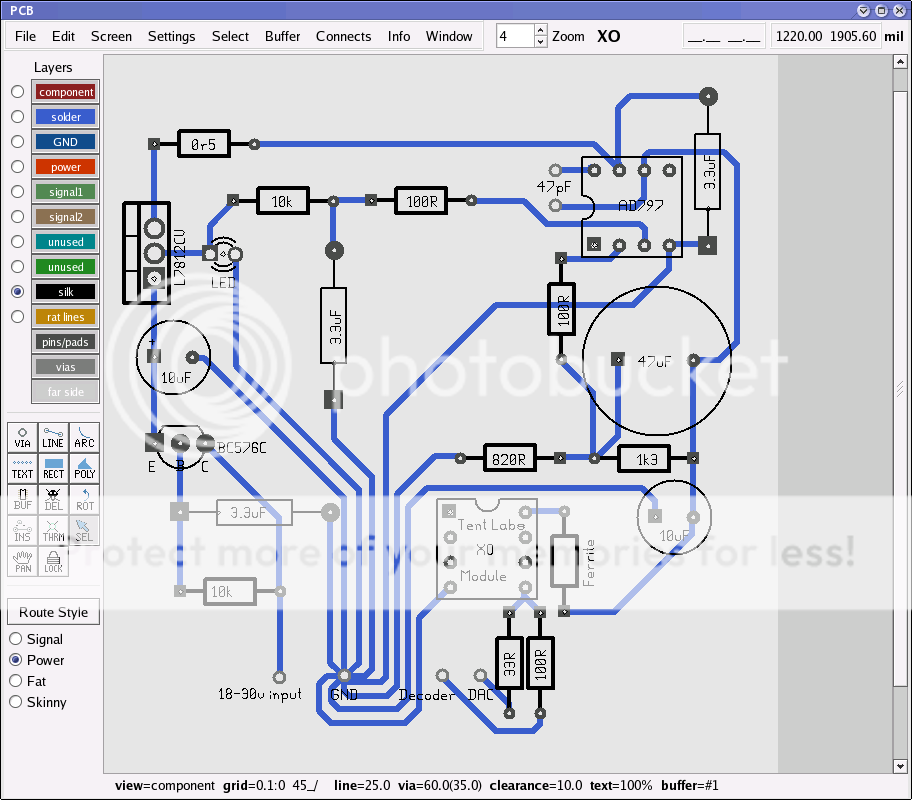Fretless Eric
Musketeer Bathos
As there are a few CD3.5 threads running I decided this was the most appropriate place for this post.
I have had a Tent XO clock for over 2 years and I am now finally finding a bit more time to read the forum and also get round to fitting the clock in my 3.5. Trouble is, the power supply options question is not clear cut to me but there does seem to be building a fair body of experience with 3.5s and Tents.
I have read what I think are the relevant threads/posts and I can see that the main methods with a Tent are:
1. Tent supply on its own
2. Tent supply fed by SR
3. Flea-power regulator
4. SR on its own.
I can't see if anyone has done any comparitive listening with different methods of powering. I may well have missed them and if there are any such reports, would any kind person please point me at them.
I am currently considering either the flea-power or a SR directly connected to the Tent XO.
I have had a Tent XO clock for over 2 years and I am now finally finding a bit more time to read the forum and also get round to fitting the clock in my 3.5. Trouble is, the power supply options question is not clear cut to me but there does seem to be building a fair body of experience with 3.5s and Tents.
I have read what I think are the relevant threads/posts and I can see that the main methods with a Tent are:
1. Tent supply on its own
2. Tent supply fed by SR
3. Flea-power regulator
4. SR on its own.
I can't see if anyone has done any comparitive listening with different methods of powering. I may well have missed them and if there are any such reports, would any kind person please point me at them.
I am currently considering either the flea-power or a SR directly connected to the Tent XO.






